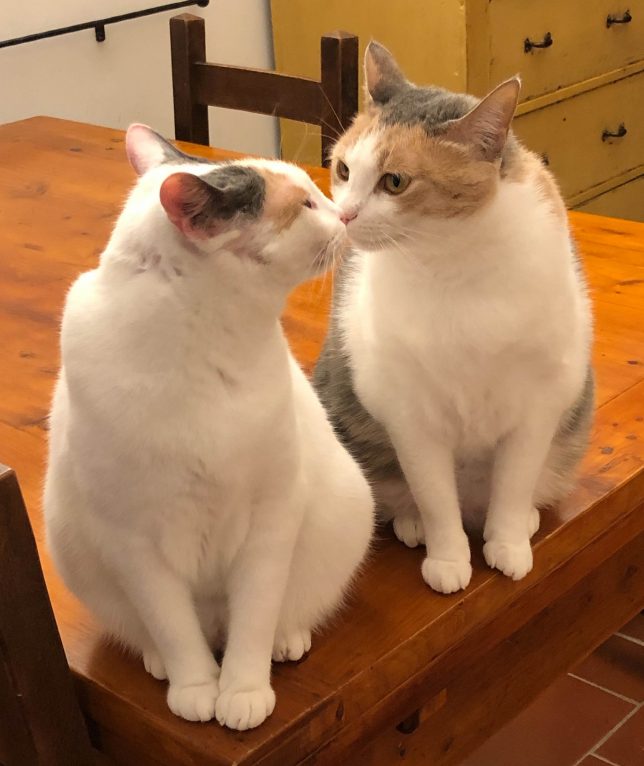Back in June, I came across a post titled “Saving or capturing?” in an Italian Facebook cat group to which I belong.
I wish I’d never read beyond the title, but, unfortunately, I did.
The anonymous author, evidently connected to one of the local cat shelters here in Florence, perhaps a volunteer?, claimed that if you are out and about, and a seemingly healthy kitten runs up to you and looks lost, you should not presume that its mother isn’t nearby, you should not pick it up, you should not take it home with you…
You have to leave it where it is.
Now, that would have been sort of acceptable had the author stopped there.
That didn’t happen.
Happy cats, the author rambled on, are only those that are free to roam around outside. The worst thing that can happen to a cat is to be taken home by some perhaps well-meaning person and turned into a housecat. Not all cats, the author argued, like to sleep on a couch all day (I actually agree with that statement: my cats like to sleep on our bed…on a variety of armchairs…in hammocks hanging on the cat towers…on the dining room table while we are eating, and so on… 😉 ).
Keeping cats indoors, the author continued, is like sentencing them to prison for life.
The post-writer further illustrated her (I have the feeling the post was written by a woman) point by comparing the life of an “imprisoned” housecat to what we humans went through during Italy’s lockdown period (March-May 2020), when we were all forced to stay indoors…for obvious and very good reasons, I would like to add (note: the post author chose to ignore those good reasons…).
In short, the author believes that the only happy cats are cats that live out in the open.
Apart from almost of of its content, one of the problems I had with this post were some of the words used, which were unnecessarily aggressive, such as “capture, condemn, eternal imprisonment.” Really? Eternal imprisonment? Is the life of a housecat that bad?
The author of this post treated us (humans who live with cats that don’t go outside for a variety of reasons) with complete disregard and disrespect, as though we were crazy, serial cat hoarders patrolling the streets in search of kittens and cats to capture, take home, and condemn to a life of misery.
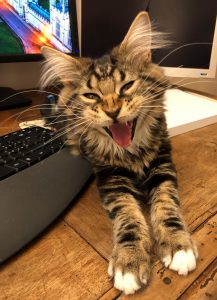
I was offended. I was angry. And I was not alone. My irritation was matched by that of other group members who, like me, live with indoor cats and have rescued many from certain death. In the days that followed the publication of this superficial (at best) post, a bunch of us wrote comment after comment, expressing our displeasure and requesting that the post be taken down (it hasn’t, for the record. I checked just a few days ago).
I would like to point out that the “other side” remained silent, yet she must have read our comments. That’s another thing that I found incredibly irritating. I mean, if you truly believe that YOU are right, and that WE are wrong, then defend your position, for crying out loud. Or say you are sorry, if you realize that you made a mistake. None of that happened.
I guess it’s obvious that this “indoor-outdoor” topic is close to my heart. I’ve thought about it for years now. Of course, if I could let my cats outside into a safe, protected environment, like a catio space, I wouldn’t hesitate to do so. But our garden isn’t set up for a project like that (we’ve looked into it). So, they stay inside.
And now I would like to list many of the dangers that cats encounter in the outside world and that can easily shorten their lifespan, sometimes in horrible ways:
- diseases that cats can get from other cats, such as Feline Leukemia, Feline AIDS, abscesses, and upper respiratory infections
- ingestion of toxic plants (poinsettia, lilies, etc.), toxic substances, rat poison, slug pellets, etc.
- dogs
- injuries sustained by miscalculating a jump or whatnot
- cars, traffic
- getting trapped somewhere, in a basement or a car engine
- exposure to parasites
- extreme cold, extreme heat
- hunters, predatory animals
I think my list is self-explanatory, but I do have a few more remarks.
Statistic: housecats can live to the age of 17, on average, whereas outside cats live only 2-5 years. With all the above-listed dangers, it’s no wonder why…
My next-door neighbor, whom I love dearly, has three male (uncastrated) golden retrievers, whom I also love dearly. Wonderful dogs. Wonderful…except that they go absolutely bonkers whenever they see a cat. Luckily, my neighbors are very careful, and all these dogs can do is bark at cats. But my neighbor told me that they would kill a cat if they had the opportunity. Now, with that knowledge, how could I possibly let any of my cats go outdoors, free to roam around the neighborhood? One mistake, one little mistake, and they could end up in the jaws of these dogs…I don’t even want to think about it.
I have a recent story concerning toxic substances. One of my best friends, who lives in a top floor apartment here in Florence, has a young cat who, a couple of months ago, seems to have swallowed some sort of toxic liquid on her roof terrace. The kitty stopped eating and was clearly in distress, so my friend didn’t waste any time but took her to the vet clinic where she remained for weeks. We weren’t sure she was going to make it. The vets couldn’t figure out what had caused all these terrible problems, which ranged from mouth and throat ulcers to gastritis. She nearly died…luckily, she didn’t. And yet this is a cat who is let out on my friend’s roof terrace only during the day. But even in that relatively protected space, she managed to injure herself very seriously. The only reason she didn’t die is because she lives with my friend (who, btw, was horrified and devastated by what happened and still cannot figure out what her cat swallowed even after examining every inch of that terrace…). A stray cat, however, one of those “free and happy” cats described in the post, would certainly have died an agonizing death…
Traffic. Someone I used to know kept adopting one cat after another throughout the years. Inside-outside cats. Her garden led down to a terribly busy street that her cats liked to run across. Well, they were all regularly run over and killed. When I adopted my Canadian cat, Keshé, from a cat shelter in Toronto, and kept her indoors, this person told me I was cruel.
Do people really believe that we are cruel not to let our cats go outside?
Oh, and I haven’t even mentioned the topic of BIRDS (Stefano and I are birdwatchers, whenever possible) and all the creatures that cats, even well-fed indoor-outdoor cats, kill out in the open…
I think I’ve made a good case for keeping cats indoors unless you have a protected catio space or live in the countryside where there are no dangers around (the above-mentioned hunters and predatory animals…Years ago, one of my aunt’s cats was shot and killed by a hunter who had trespassed on her property here in Tuscany)…
But it isn’t as easy as it sounds. Cats are not objects. They are very curious animals…They need to play, run aroundm, climb, interact with their humans, with other cats, etc. In short, they need to be stimulated and entertained. To be honest, it would be easier for me to have indoor-outdoor cats/catio. In that case, all I’d have to do to keep my cats entertained would be to open the door and let them out. Much easier.
Well, I’ll get to the topic “how to entertain a housecat” in another post. This one is already way too long. 😉
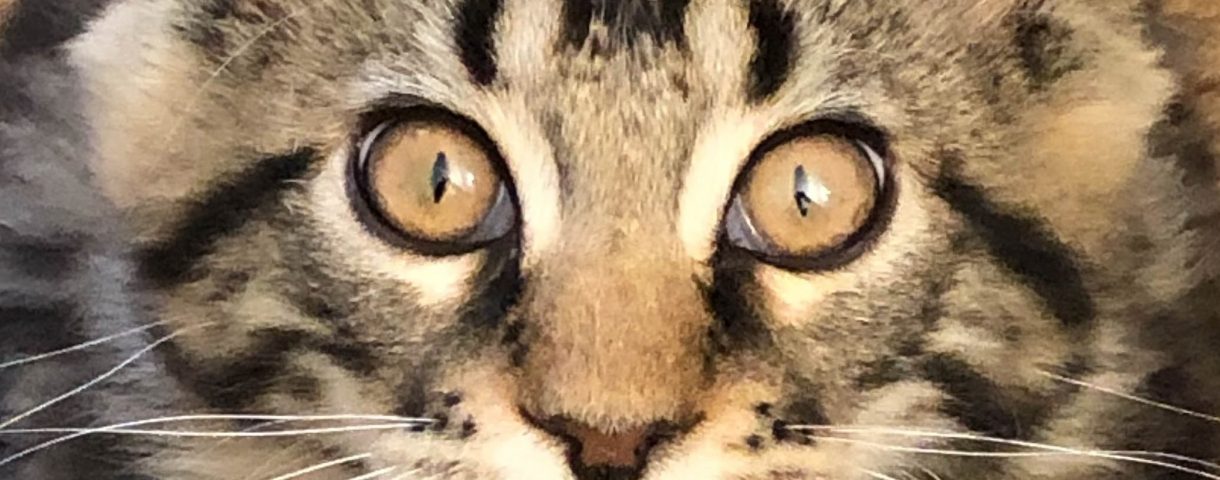
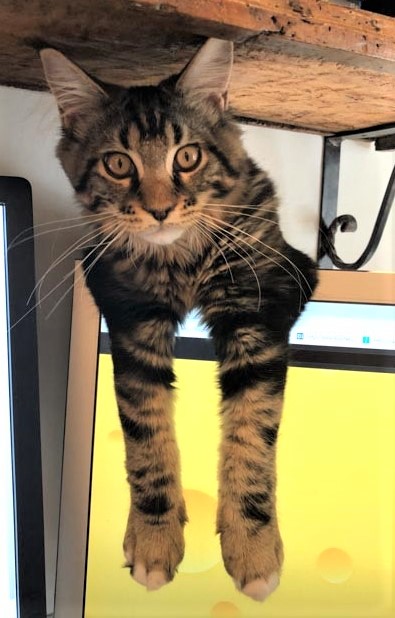
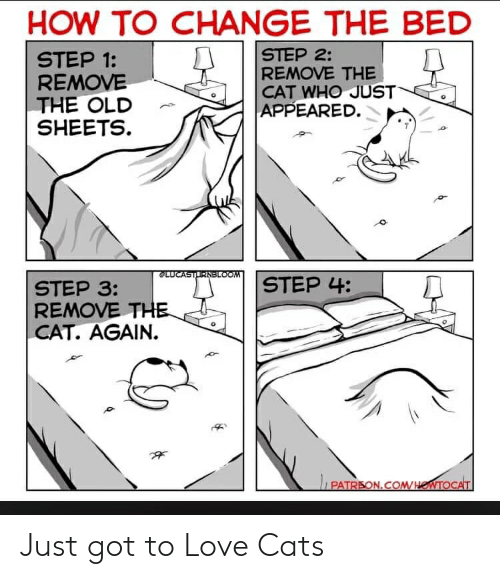
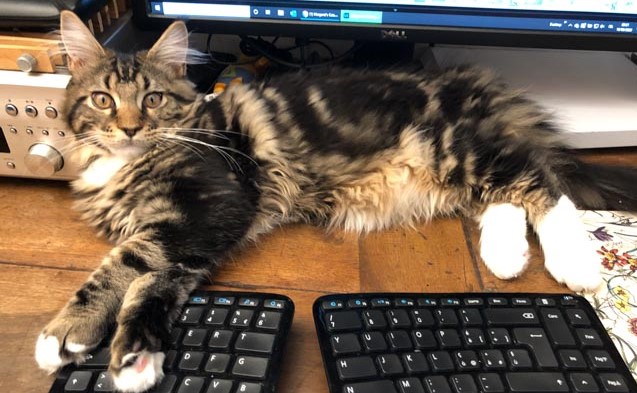

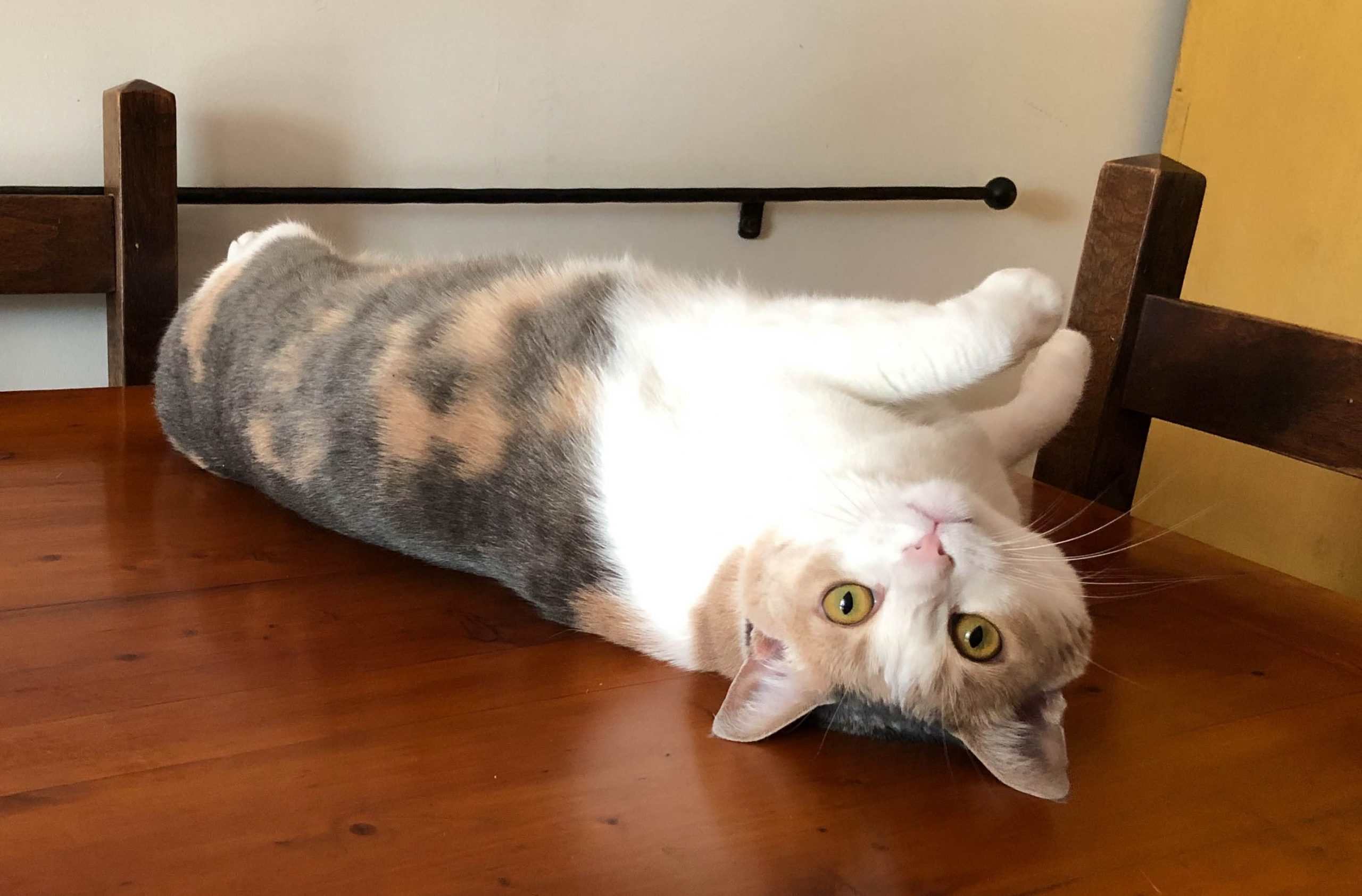

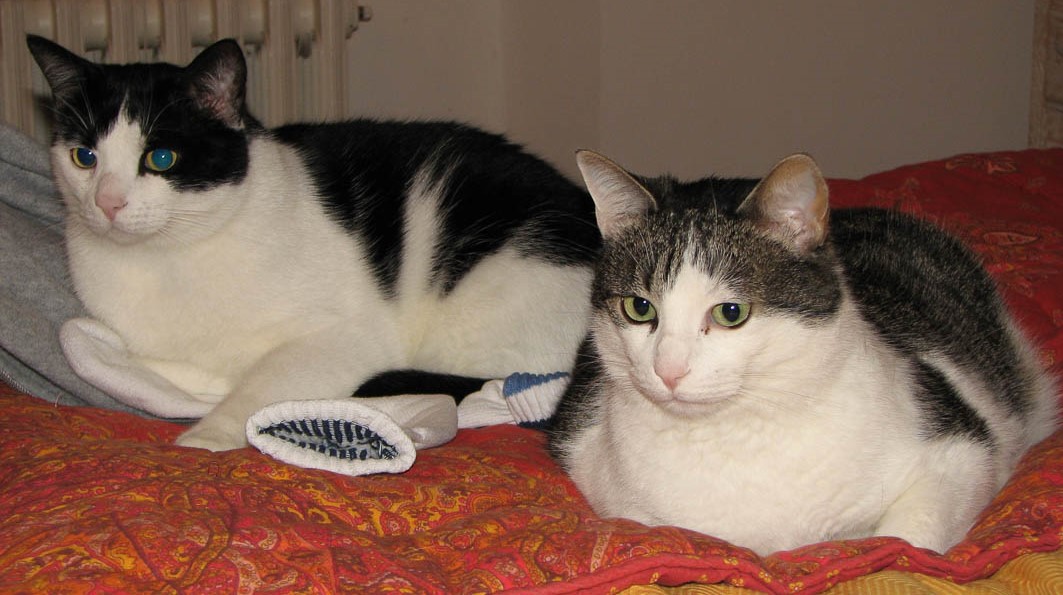
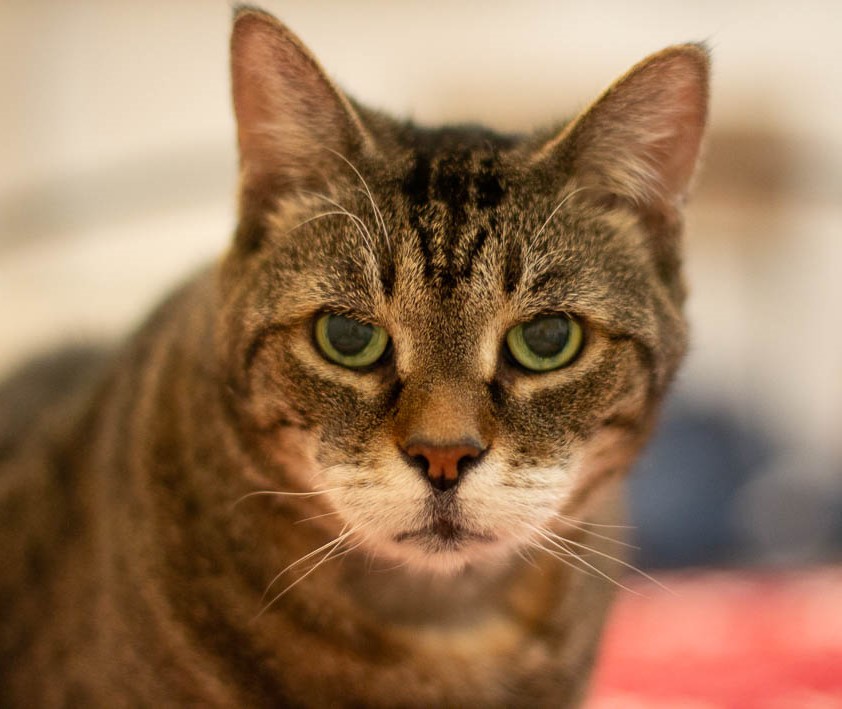
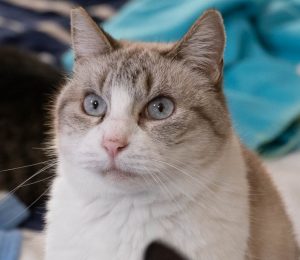
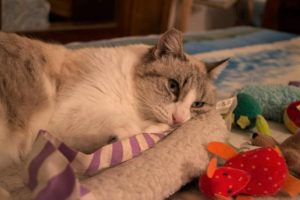 At the time, I had no reason to believe that my former neighbor wouldn’t return to retrieve his kitty. After all, she’d been with his family cat forever. He couldn’t possibly abandon her, right?
At the time, I had no reason to believe that my former neighbor wouldn’t return to retrieve his kitty. After all, she’d been with his family cat forever. He couldn’t possibly abandon her, right?

